
Innovation, Entrepreneurship and Competitiveness
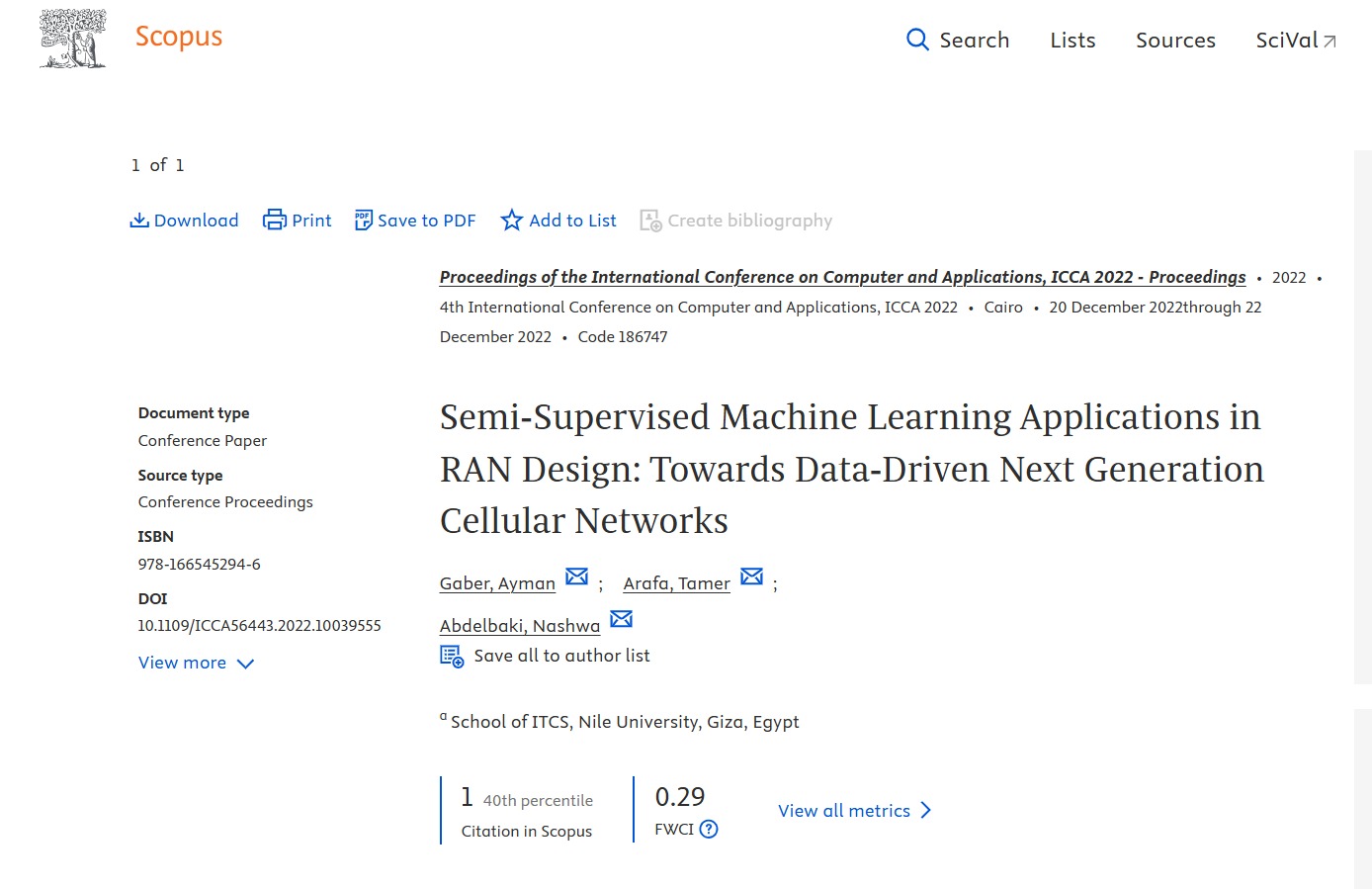
Semi-Supervised Machine Learning Applications in RAN Design: Towards Data-Driven Next Generation Cellular Networks
The explosive growth of mobile internet services and demand for data connectivity boosts the innovation and development in Radio Access Network (RAN) to define how next generation mobile networks will look like. Continuous improvement in existing RAN is crucial to meet very strict speed and latency requirements by different mobile applications with minimum investments. Exploiting the advancement in Machine Learning and AI-driven algorithms is essential to tackle these challenges in different functions within the RAN domain. In this paper we surveyed how to leverage different clustering

Gold Price Prediction using Sentiment Analysis
Gold is one of the valuable materials that is used for funding trading purchases. Nowadays, more investors are interested in gold investments due to the sudden increase in gold prices. However, transactions involving gold are risky, the price of gold fluctuates wildly due to the unpredictability of the gold market. Hence, there is a need for the development of gold price prediction scheme to assist and support investors, marketers, and financial institutions in making effective economic and monetary decisions. This paper analyzes the correlation between gold price movements and sentiments of
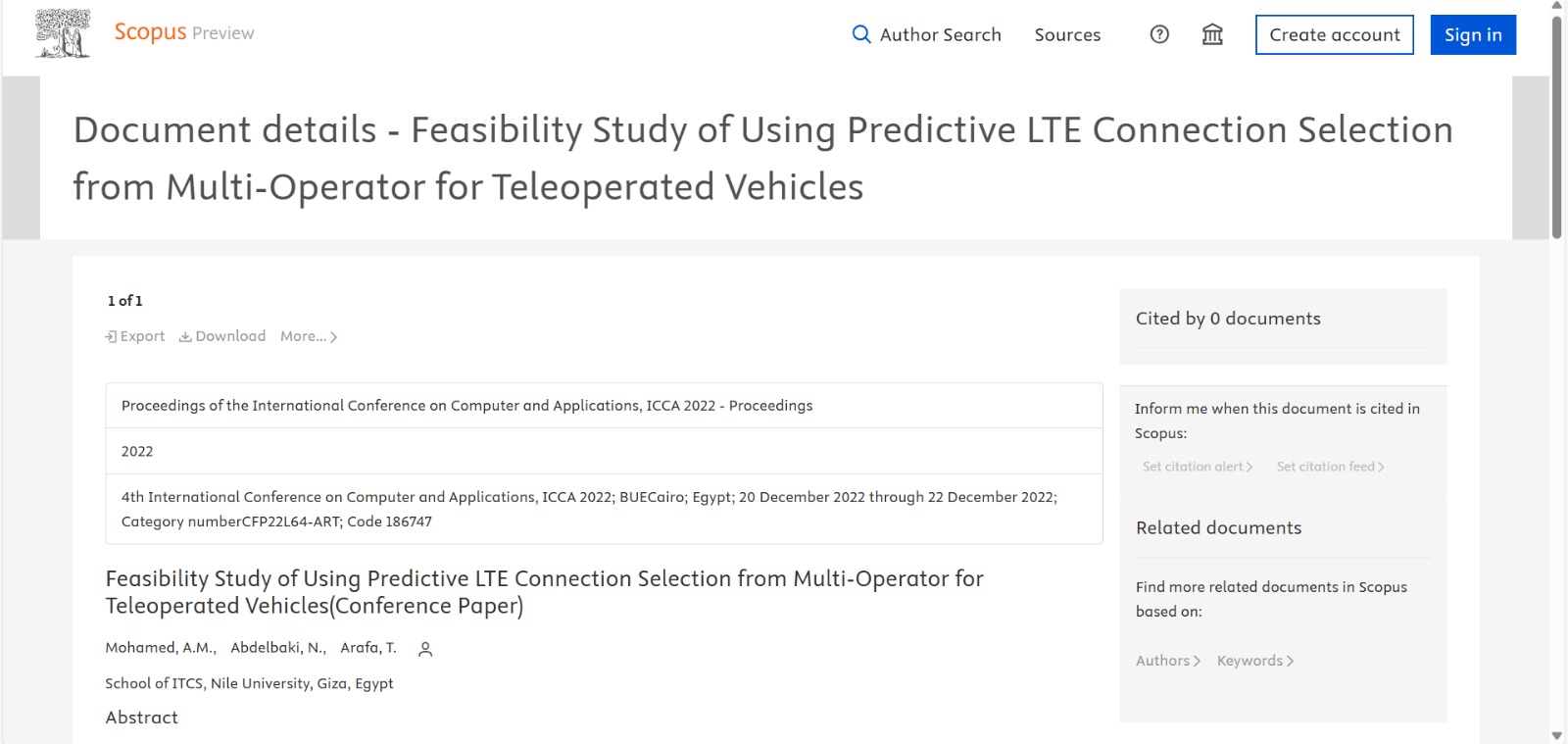
Feasibility Study of Using Predictive LTE Connection Selection from Multi-Operator for Teleoperated Vehicles
Service depending on good connection is growing and so its sensitivity, like Advanced Driver-Assistance System (ADAS). ADAS is the most common technological feature in the modern car, and the hope to reach a dependable anonymous car is the ultimate target. We (From end user and manufacture perspectives) are evaluating Teleoperated Driving as the most promising achievable feature to support emerging needs for traffic headache avoidance and health & safety cautions, with human to human sense & interaction proven to be better than Human to Machine in handling (Human driving vs. Machine driving)
Blockchain Application on Big Data Security
In recent years, advances in technology in several industries have resulted in massive data collections on the web. It raises worries about large data security and protection. The advent of Blockchain technology has caused a revolution in the security field for different applications. The distributed ledger is stored on each Blockchain node, which enhances security and data transparency. On the Blockchain network, illegal users are not authorized to undertake any fault transactions. In this article, we will discuss how Blockchain may be employed to secure the big data. We explain the problems
Customer Churn Prediction Using Apriori Algorithm and Ensemble Learning
Customer churn poses a formidable challenge within the Telecom industry, as it can result in significant revenue losses. In this research, we conducted an extensive study aimed at developing a viable customer churn prediction method. Our method utilizes the Apriori algorithm's strength to identify the key causes of customer churn. In the pursuit of this goal, we utilized multiple machine learning predictive models. All of which were developed from the insights gleaned from the Apriori algorithm's feature extraction for churning customers. This extensive analysis encompassed a spectrum of
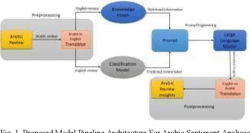
Sentiment Analysis for Arabic Product Reviews using LLMs and Knowledge Graphs
The exploration of sentiment analysis in multilingual contexts, particularly through the integration of deep learning techniques and knowledge graphs, represents a significant advance in language processing research. This study specifically concentrates on the Arabic language, addressing the challenges presented by its morphological complexity. While the primary focus is Arabic, the research also includes a comprehensive review of related work in other languages such as Bangla and Chinese. This contextualizes the challenges and solutions found in Arabic sentiment analysis within a broader
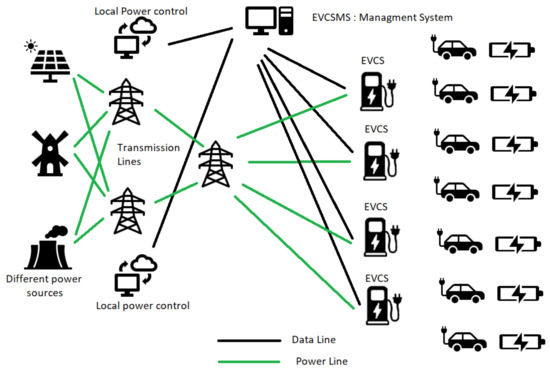
Intrusion Detection for Electric Vehicle Charging Systems (EVCS)
The market for Electric Vehicles (EVs) has expanded tremendously as seen in the recent Conference of the Parties 27 (COP27) held at Sharm El Sheikh, Egypt in November 2022. This needs the creation of an ecosystem that is user-friendly and secure. Internet-connected Electric Vehicle Charging Stations (EVCSs) provide a rich user experience and add-on services. Eventually, the EVCSs are connected to a management system, which is the Electric Vehicle Charging Station Management System (EVCSMS). Attacking the EVCS ecosystem remotely via cyberattacks is rising at the same rate as physical attacks
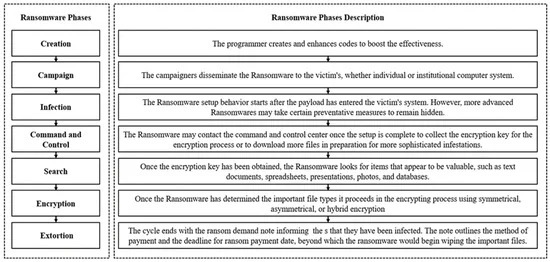
Ransomware Clustering and Classification using Similarity Matrix
Ransomwares are amongst the most dangerous malwares that face and affect any business by restricting data access or leaking sensitive information over the internet. Ransomwares binary analysis can provide a way to define the relationships between distinct features employed by ransomware families. Malware classification and clustering systems offer an effective malware indexing with search functionalities, similarity checking, samples classification and clustering. Most studies focus on the static and dynamic features extraction, machine and deep learning or visualization techniques used to
Autonomous Traffic-Aware and QoS-Constrained Capacity Cell Shutdown for Green Mobile Networks
Energy efficiency of Radio Access Networks (RANs) is increasingly becoming a global strategic priority for Mobile Network Operators (MNOs) and governments to attain sustainable and uninterruptible network services. In this work, we propose an autonomous Machine Learning (ML)-based framework to maximize RAN energy efficiency via underutilized radio resource shutdown while maintaining an adequate network capacity with a preset Quality-Of-Service (QoS) level. This is achieved by dynamically switching radio resources on and off according to service demand. Training on a live network dataset and
A novel artificial intelligent-based approach for real time prediction of telecom customer’s coming interaction
Predicting customer’s behavior is one of the great challenges and obstacles for business nowadays. Companies take advantage of identifying these future behaviors to optimize business outcomes and create more powerful marketing strategies. This work presents a novel real-time framework that can predict the customer’s next interaction and the time of that interaction (when that interaction takes place). Furthermore, an extensive data exploratory analysis is performed to gain more insights from the data to identify the important features. Transactional data and static profile data are integrated